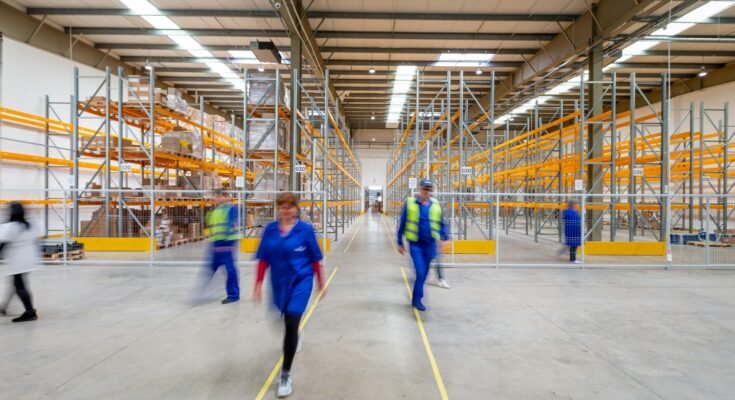The warehouse floor doesn’t slow down for anyone. Orders keep rolling in. Deadlines stay tight. And customers? They want everything fast, flawless, and preferably yesterday. So if your equipment fails, if your layout is clunky, or if your team’s stuck waiting on a recharge, it adds up. Quick. That’s why planning ahead isn’t just helpful anymore. It’s non-negotiable.
One place you might not think about first is your forklift batteries. But that’s often where the trouble starts. Slow charging. Constant maintenance. Or worse, just dying mid-shift. If you’re serious about staying efficient, choosing the right type of forklift battery isn’t just a technical decision. It’s a strategic one. One that affects your team’s rhythm, your output, and even your bottom line.
Understanding What ‘Smart Planning’ Really Means
Let’s get one thing straight—smart planning isn’t about packing your warehouse with the newest tech just because it’s shiny. It’s not about buzzwords or trends either. It’s about making choices that solve real problems. The ones that you face every single day.
Smart planning means getting ahead of the issues. It’s the difference between reacting to a forklift breakdown and knowing in advance when it needs a charge. It’s looking at data, not just gut instinct, to decide how many workers to schedule on the night shift. And yeah, it’s about setting things up so your operation can roll with the punches instead of falling apart every time something goes sideways.
Equipment Strategy as a Foundation
A big part of that planning comes down to your gear. You wouldn’t wear hiking boots to run a marathon, right? The same goes for your warehouse. You need the right tools for the job—and they’ve got to fit how you actually work, not how someone thinks you should.
Your forklifts? They’re workhorses. But even they’re only as strong as the batteries that power them. If your fleet’s constantly pausing for long charges or running out of juice halfway through a shift, you’ve got a problem. And if that problem happens daily, you’re not just losing time—you’re losing money, too.
Think of your equipment as the base layer. If it’s reliable and well-suited, everything else builds on top of that. If it’s not, the whole thing gets shaky.
Building in Flexibility with Smarter Tools
Now here’s where it gets interesting. Smarter tools don’t just do their job—they help you do yours better. Have you ever had a forklift that warns you hours before it needs a charge? That’s a game-changer. No more mid-shift surprises. No scrambling to find a backup. Just smooth transitions and more control over your schedule.
And it’s not just batteries. Charging stations that talk to your systems, equipment that sends health updates—these things make a difference. They give you time. Time to plan, time to adjust, time to avoid a breakdown before it starts.
Flexibility doesn’t mean having more stuff. It means doing more with the right stuff. It means being able to switch gears fast when things change, without throwing the whole day off course.
Workforce Alignment and Communication
Let’s not forget the people. Even with the best tools in the world, if your team doesn’t know what’s happening or what’s expected, you’re still in trouble.
You’ve seen it happen—someone shows up ready to work, only to find out the forklift they need is out of commission. Or a whole crew gets backed up because one task wasn’t communicated clearly. That’s not just inefficient. It’s frustrating.
When your tech, your tools, and your team are all in sync, everything flows better. Workers know when to expect downtime. Managers know where the pressure points are. And you? You get to spend less time putting out fires.
Wrapping It Up
There will always be bumps in the road. But the difference between a warehouse that recovers and one that grinds to a halt? It’s planning. Not just planning for what’s happening now—but for what might happen next. When you’ve got systems that talk to each other, tools that give you data in real time, and a team that’s looped in every step of the way, you’re no longer just reacting. It’s about bouncing back quickly when they show up. It’s about reducing warehouse downtime without working your people to the bone or sacrificing quality to meet the clock.




